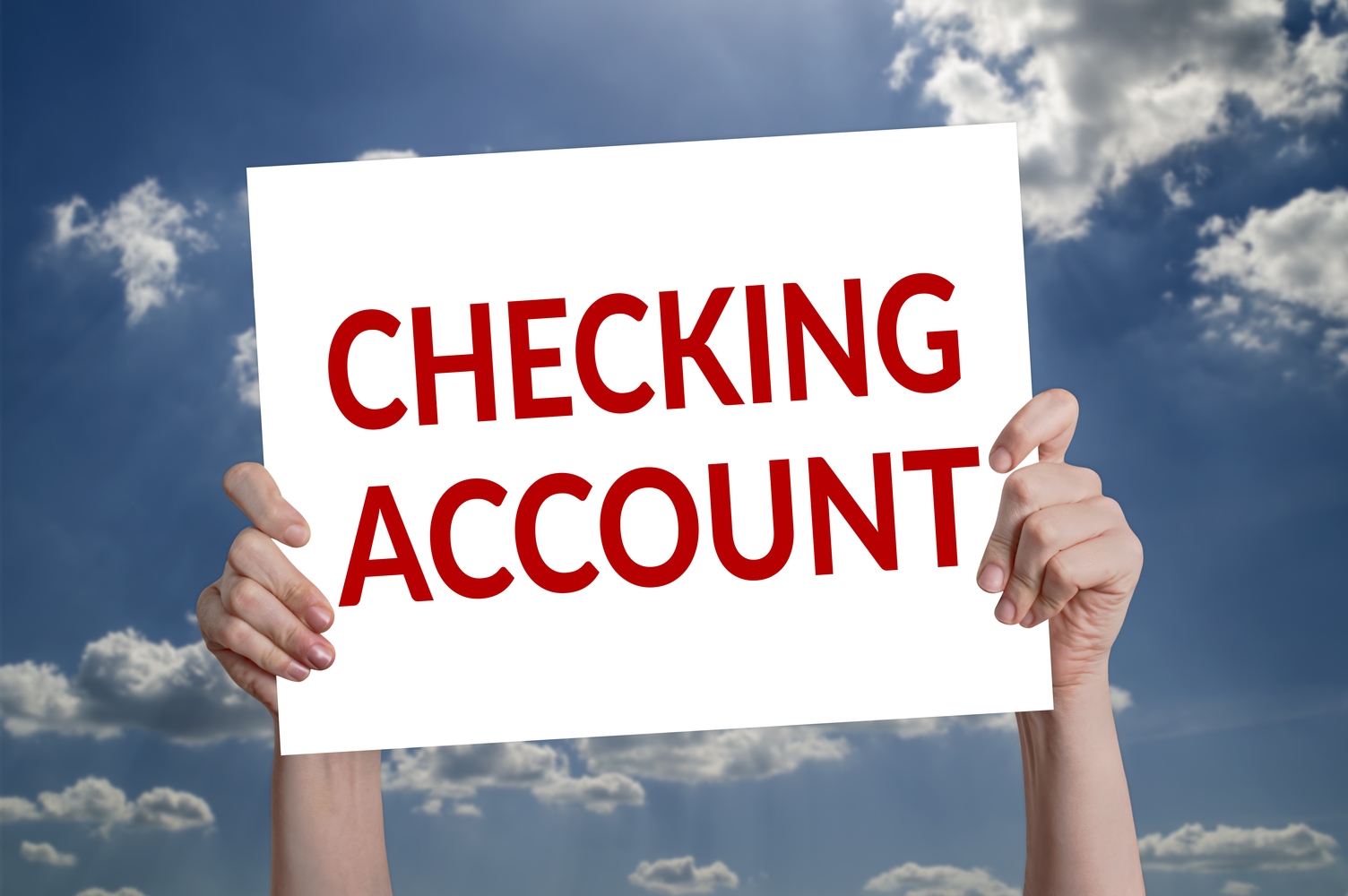Comprehensive Guide to Opening Trading Accounts in the Philippines for Investors
Learn everything about opening trading accounts in the Philippines with this detailed guide. Discover the steps, types of accounts, benefits, and key considerations for a successful trading experience in the Philippine stock market. Perfect for new and experienced investors looking to expand their investment portfolio easily and securely.

Ultimate Guide for Investors on Opening Trading Accounts in the Philippines
In recent years, the investment landscape in the Philippines has experienced remarkable growth, driven by a strengthening economy, rising middle class, and increasing awareness about financial literacy. This momentum has led many Filipinos to consider opening trading accounts as a pathway to wealth creation through capital markets. For both novice and experienced investors, understanding how to establish a trading account, the types available, and the benefits they provide is essential. This comprehensive guide aims to elucidate the process of opening trading accounts in the Philippines, equip investors with practical tips, and highlight the important factors to consider for a successful trading journey.
What is a Trading Account and Why is It Important?
A trading account serves as a vital financial tool that grants access to securities markets where stocks, bonds, mutual funds, Exchange-Traded Funds (ETFs), and other financial instruments are bought and sold. Essentially, it acts as a bridge linking individual investors to the stock exchange, enabling seamless online transactions. With the advent of digital technology, trading has become more accessible and efficient, empowering investors to manage their portfolios conveniently from their homes or mobile devices.
By opening a trading account, investors gain the ability to monitor market movements, execute trades swiftly, and stay updated with the latest financial news and analysis. This proactive approach can enhance potential returns, facilitate diversification, and promote active participation in the Philippine economy’s growth. Moreover, trading accounts serve as a foundation for building long-term wealth, whether through strategic investment, portfolio rebalancing, or speculative trading.
Step-by-Step Process for Opening a Trading Account in the Philippines
Establishing a trading account in the Philippines involves a series of clear, straightforward steps. While the process might vary slightly depending on the broker chosen, the core procedures are similar across most licensed institutions. Below is a detailed walkthrough to guide prospective investors through each stage of the account opening process.
1. Choosing a Reputable and Regulated Broker
Starting your investment journey requires selecting a trustworthy broker. The Philippines has a well-regulated securities industry overseen by the Securities and Exchange Commission (SEC). The Philippine Stock Exchange (PSE) also maintains a list of accredited brokerage firms. When choosing a broker, consider their reputation, client reviews, the range of available securities, trading platforms offered, and their compliance with local regulations. A licensed broker ensures your trades are executed securely and your funds are protected.
2. Preparing Necessary Documentation
Document requirements are essential for verifying your identity and financial standing. Typically, brokers will request the following:
Valid government-issued photo ID (passport, driver’s license, or Philippine ID)
Tax Identification Number (TIN)
Proof of Address (such as utility bills, bank statements, or rental agreements)
Signature Card
Completed Application Forms
3. Submitting Your Application
Once your documents are ready, you can proceed to submit your application. Many brokers offer online application portals, making it convenient to fill out forms and upload scanned copies of your documents. Some may require in-person visits, especially for initial identity verification purposes. Ensure all information is accurate and complete to avoid delays in account approval.
4. Funding Your Trading Account
After your application is approved, the next step involves depositing funds into your trading account. Most brokers specify a minimum deposit amount, which can vary depending on the firm and account type. Payments are typically made via bank transfers, e-wallets, or cash deposits at partner banks. Confirm the payment methods and minimum deposit requirements in advance to facilitate a smooth funding process.
5. Accessing the Trading Platform and Starting Your Investment Journey
With funded account approval, you will receive login credentials for your broker’s trading platform—be it a desktop application or a mobile app. Take time to familiarize yourself with the platform’s features, such as order types, research tools, real-time charts, and news feeds. Many brokers offer demo accounts where you can practice trading risk-free before committing actual funds. Once ready, you can execute your first trades and begin navigating the markets proactively.
Types of Trading Accounts Available in the Philippines
Choosing the right type of trading account is crucial for aligning your investment goals and risk appetite. The main categories available to Filipino investors include:
Cash Account
Margin Account
Online Trading Account
1. Cash Account
The most straightforward and common type, allowing investors to trade only with deposited funds. It is ideal for beginners or those who prefer low-risk trading, as it ensures you cannot incur debt or leverage on your investments. All transactions are made with cash already available in your account, providing a clear and transparent investing experience.
2. Margin Account
This account type permits borrowing funds from your broker to increase your purchasing power. Using leverage can amplify gains but also heightens the potential for larger losses. Margin trading is best suited for experienced traders who understand market volatility and can manage leverage responsibly. It requires additional agreements and higher risk awareness.
3. Online Trading Account
Designed to maximize convenience, these accounts facilitate trading through powerful, user-friendly online platforms accessible via desktop or mobile devices. They often come with integrated research tools, real-time data, automated alerts, and other features that support active trading strategies. Online accounts are highly popular among millennials and tech-savvy investors.
Advantages of Opening a Trading Account in the Philippines
Investing through a properly established trading account offers numerous benefits that enhance the overall investment experience. Some of the key advantages include:
1. Accessibility and Ease of Management
2. Diversification Opportunities
3. Rapid Trade Execution
4. Cost-Effective Trading
5. Market Insights and Research Tools
1. Accessibility and Ease of Management
With online platforms and mobile apps, investors can monitor their portfolios, execute trades, and analyze market data anytime and anywhere. Many brokers offer intuitive interfaces, making it easy even for beginners to navigate the system.
2. Investment Diversification
Trading accounts allow diversification across multiple securities—stocks, bonds, ETFs, and mutual funds—reducing overall risk and enhancing potential returns.
3. Quick and Efficient Trade Execution
Real-time order placement ensures you can act swiftly on market movements, capitalizing on short-term opportunities or reacting to news efficiently.
4. Cost Savings and Lower Fees
Online trading generally involves lower commissions and fees compared to traditional broker-assisted trades, especially for active traders, maximizing investment value over time.
5. Access to Market Research and Information
Most Philippine brokers provide comprehensive research reports, news updates, technical analysis, and investment tips to aid informed decision-making.
Key Considerations When Opening a Trading Account
Successful trading requires careful planning and awareness of various factors that can impact your experience and performance:
1. Understanding Fee Structures
2. Ensuring Platform Security
3. Customer Support and Service Quality
4. Regulatory Compliance and Licensing
1. Transparent Fee Structures
Always scrutinize the broker’s fee schedule, including trading commissions, withdrawal charges, and account maintenance fees. Opt for brokers that are clear about their costs to avoid unforeseen expenses that can erode profits.
2. Security Measures
Security is paramount when dealing with digital platforms. Look for brokers employing robust security protocols like SSL encryption, two-factor authentication, and regular system audits to protect your personal and financial information.
3. Reliable Customer Support
Responsive and knowledgeable customer service can resolve issues quickly, minimize risks, and ensure uninterrupted access to your trading accounts.
4. Regulatory Oversight
Choose brokers licensed and regulated by the SEC or other reputable authorities in the Philippines. Regulatory oversight provides an extra layer of security and ensures compliance with local laws and standards.
Armed with these insights and careful planning, investors can confidently open their trading accounts, manage their investments efficiently, and participate actively in the dynamic Philippine stock market. Success in trading depends on continuous learning, prudent risk management, and staying informed about market developments. Embark on your trading adventure today with confidence and strategic knowledge, and unlock the potential of the Philippine capital markets for your financial growth.




